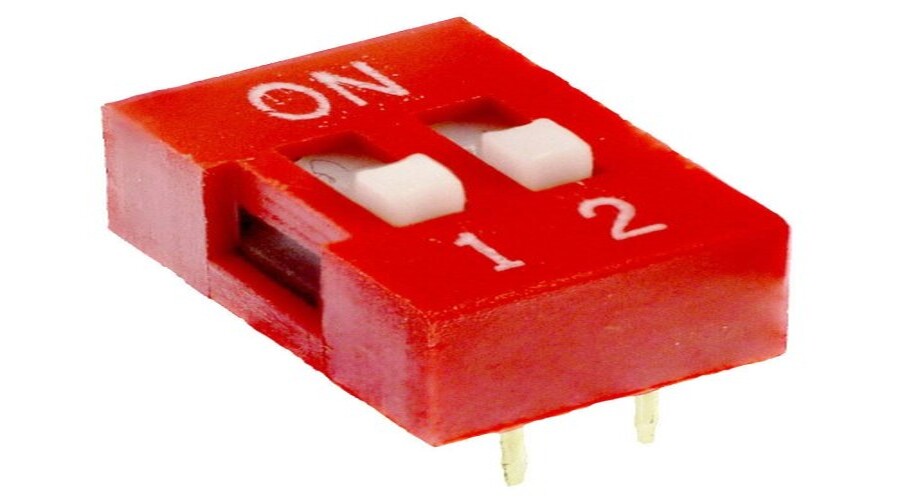
While flashy microchips grab headlines, DIP integrated circuits (Dual In-Line Package ICs) quietly anchor industries where failure isn’t an option. From deep-sea sensors to nuclear reactor controls, their robust architecture solves problems modern tech often amplifies. Discover why engineers trust DIP ICs when stakes are high—and how to deploy them smarter.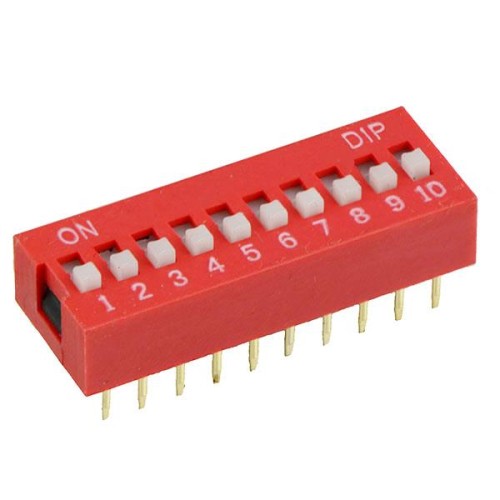
Why DIP Integrated Circuits Outlast the Competition
1. Extreme Environment Survival: DIP ICs operate flawlessly in -55°C Arctic cold or 150°C foundry heat, where surface-mount chips delaminate.
2. Zero-Frills Repairability: Swap faulty DIP ICs in minutes using basic tools—no hot-air rework stations needed for offshore oil rig repairs.
3. EMI Resistance: The thick epoxy casing shields against electromagnetic interference, a lifesaver for aviation radar systems.
Non-Negotiable Specs for DIP IC Buyers
· Military-Grade Sealing: Opt for DIP integrated circuits with IP67-rated encapsulation to block dust and moisture in mining equipment.
· Tin-Lead vs. Lead-Free: For aerospace, lead-free solder joints may crack under vibration; legacy tin-lead DIP ICs often perform better.
· Batch Consistency: Insist on suppliers who guarantee ±5% electrical parameter variance across 10+ production lots.
DIP ICs in Action: Beyond Theory
· Volcano Monitoring: Geologists embed DIP integrated circuits in seismic sensors due to their vibration tolerance near active magma flows.
· Railway Signaling: Analog DIP ICs process track occupancy data without software lag, preventing collisions in aging rail networks.
· Cryogenic Storage: Data centers using liquid cooling rely on DIP ICs to manage 1-196 C LN2 valve controls without freezing failures.
Case Study: DIP ICs Rescue Aging Power Plants
A Midwest utility replaced failing PLC cards in 1980s coal plants with custom DIP integrated circuit arrays. The 350Kretrofitavoideda4M shutdown, proving that “obsolete” tech can be a lifeline for critical infrastructure.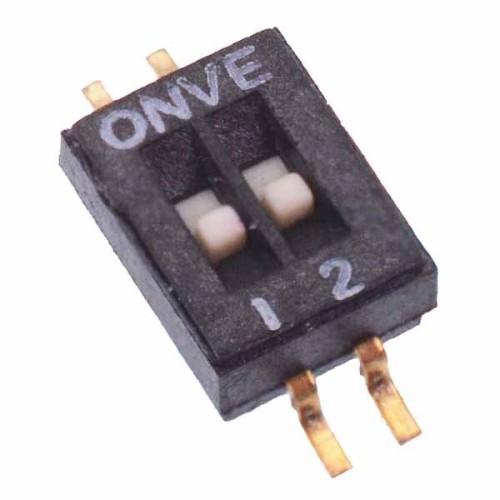
Costly Mistakes to Avoid with DIP ICs
· Ignoring Tin Whiskers: Cheap DIP integrated circuits grow conductive tin filaments over time, causing short circuits in satellites.
· Mismatched Clock Speeds: Mixing DIP ICs with >20ns latency in high-speed CAN bus networks triggers data corruption.
· Fake RoHS Claims: Some “lead-free” DIP ICs use banned alloys; demand third-party XRF test reports for compliance.
Tomorrow’s DIP IC Innovations
· Self-Healing Circuits: New DIP integrated circuits with microcapsules release conductive gel to repair minor cracks autonomously.
· Radiation-Hardened Upgrades: Space-grade DIP ICs now withstand 300krad ionizing radiation for Mars rover missions.
· Energy Harvesting: Piezo-enhanced DIP ICs generate 5mA from machinery vibrations, eliminating battery swaps in IoT sensors.
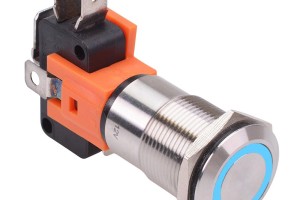
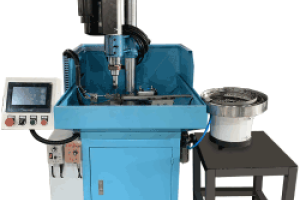

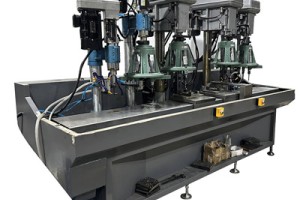

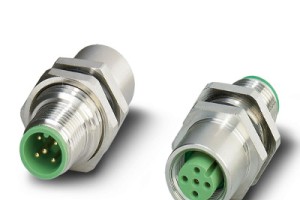
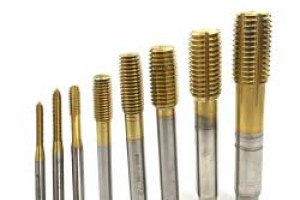
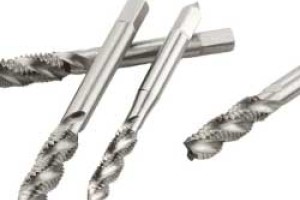
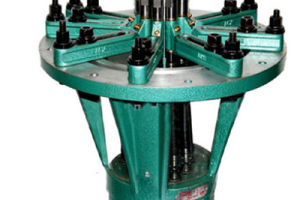
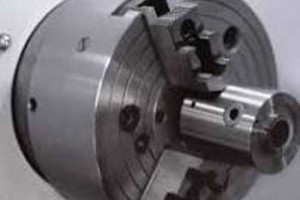
Leave a comment